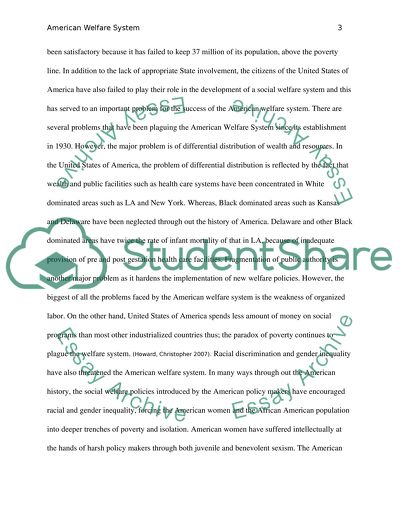Cite this document
(“Problems in the American Welfare System Case Study”, n.d.)
Retrieved from https://studentshare.org/psychology/1434853-problems-in-the-american-welfare-system
Retrieved from https://studentshare.org/psychology/1434853-problems-in-the-american-welfare-system
(Problems in the American Welfare System Case Study)
https://studentshare.org/psychology/1434853-problems-in-the-american-welfare-system.
https://studentshare.org/psychology/1434853-problems-in-the-american-welfare-system.
“Problems in the American Welfare System Case Study”, n.d. https://studentshare.org/psychology/1434853-problems-in-the-american-welfare-system.


